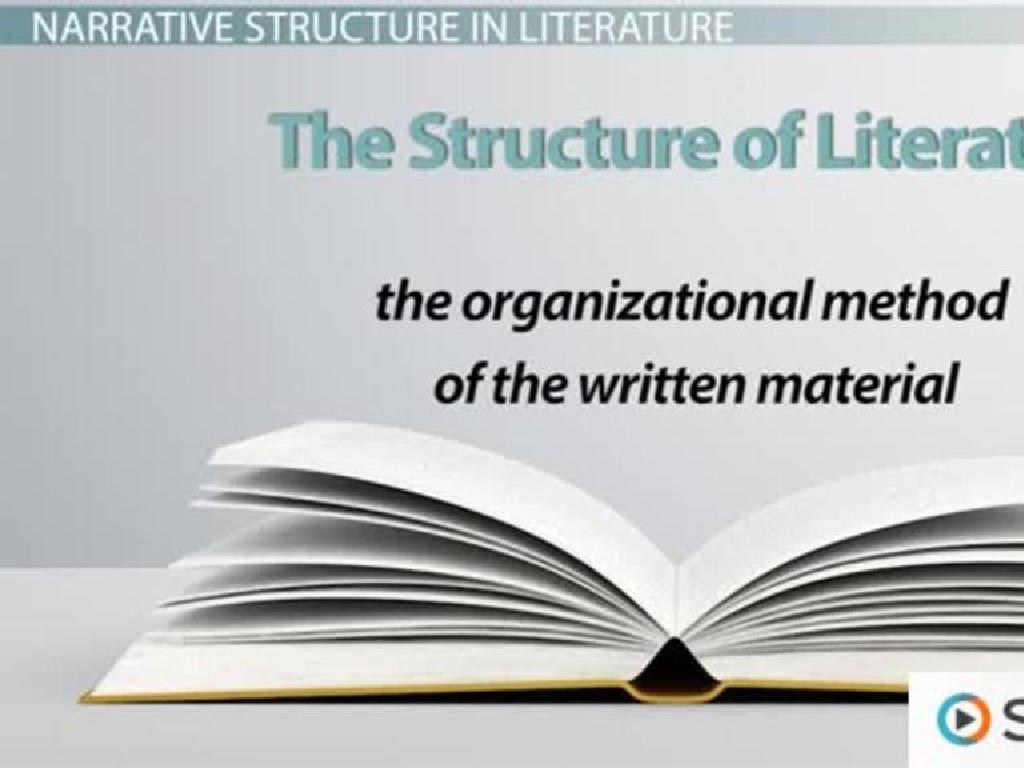Pax Romana
Subject: Social studies
Grade: Seventh grade
Topic: Rome And The Byzantine Empire
Please LOG IN to download the presentation. Access is available to registered users only.
View More Content
Exploring Pax Romana
– Introduction to Pax Romana
– A period of peace in Ancient Rome, lasting from 27 B.C. to A.D. 180
– The meaning of Pax Romana
– Latin for ‘Roman Peace’, denoting stability and prosperity
– Significance in history
– Marked a time of security, architectural advancements, and flourishing arts
– Impact on Rome and beyond
– Influenced legal systems, culture, and governance in later civilizations
|
Pax Romana, or ‘Roman Peace’, was a remarkable period of stability and wealth in the Roman Empire, spanning over two centuries. It’s significant because it allowed for advancements in architecture, arts, and the legal system, many of which have influenced modern Western civilization. During this time, the empire expanded, trade thrived, and a common culture was shared throughout the vast territories. This slide aims to introduce students to the concept of Pax Romana and its lasting impact on the world, setting the stage for a deeper dive into the specifics of Roman achievements and governance during this era.
Understanding Pax Romana
– ‘Pax Romana’ means Roman Peace
– A time with minimal military conflicts
– A stable and peaceful era
– It allowed for prosperity and cultural achievements
– Spanned 200 years in Rome
– From 27 BCE to 180 CE
|
Pax Romana, or ‘Roman Peace,’ refers to a period in the Roman Empire when large-scale warfare subsided, and stability reigned. This era, lasting from 27 BCE to 180 CE, was marked by an absence of major revolts or military defeats. It was a time of significant economic prosperity, cultural achievements, and architectural advancements. The Roman government was able to maintain peace through a strong military presence and a network of roads that facilitated trade and communication. This period also saw the spread of Roman law and culture throughout the empire. In the classroom, discuss the impact of peace on the development of the Roman Empire and how it contrasts with periods of conflict.
The Dawn of Pax Romana
– Augustus ended the Roman Republic
– His reign marked the transition to the Roman Empire
– Reforms initiated Pax Romana
– Economic, military, and administrative reforms were key
– Augustus’ leadership was pivotal
– His policies and governance established a long-lasting peace
– Lasting peace shaped Rome’s future
|
Pax Romana, which translates to ‘Roman Peace,’ was a period of relative peace and stability across the Roman Empire that lasted for about 207 years. This era began with Emperor Augustus, who implemented significant reforms after the turmoil of the Roman Republic’s final war. Augustus’ leadership was instrumental in establishing the Pax Romana, as he introduced economic, military, and administrative changes that fostered stability and prosperity. His reign set the foundation for a period that allowed arts, culture, and the economy to flourish in Rome. In this slide, students should understand the transformative role of Augustus and how his reforms led to a golden age for the empire. Encourage students to think about how leadership and policy reforms can impact the course of history.
Life During Pax Romana
– Economic growth and culture
– Trade flourished, arts thrived
– Expansion of infrastructure
– Roads, aqueducts improved living
– Security by Roman legions
– Legions protected, maintained peace
– Impact on daily life
|
The Pax Romana, or ‘Roman Peace’, was a period of stability and prosperity in the Roman Empire, lasting from 27 B.C. to A.D. 180. During this time, economic growth was significant, with trade expanding and cultural achievements like literature, art, and architecture flourishing. The expansion and maintenance of Roman infrastructure, including roads, aqueducts, and buildings, were crucial for this development. Roman legions played a key role in ensuring the security and stability of the empire, which allowed for such prosperity. This period’s impact on daily life was profound, with improved living conditions and a sense of safety among the populace. Encourage students to consider how the peace and stability of this era might have influenced the daily lives of Roman citizens, and how these factors contributed to the empire’s longevity.
The Impact of Pax Romana
– Spread of Roman law and culture
– Roman laws unified the empire, culture flourished with Latin language and Roman customs.
– Boosted Mediterranean trade
– Safe seas and roads led to increased trade, prosperity, and economic stability across the region.
– Set stage for Byzantine Empire
– Pax Romana’s stability and cultural integration were foundational for the Byzantine Empire’s later rise.
|
This slide aims to highlight the significant impacts of the Pax Romana period on Roman law, culture, trade, and its role in setting the foundation for the Byzantine Empire. Emphasize how the uniform set of laws and cultural practices helped to unify the vast Roman Empire and facilitated the spread of Roman culture. Discuss how the peace and stability during this time led to safer trade routes, which in turn boosted the economy of the entire Mediterranean region. Finally, explain how the Pax Romana provided the necessary conditions for the transformation and rise of the Byzantine Empire. Encourage students to think about how peace and stability can lead to cultural and economic growth.
The End of Pax Romana
– Marcus Aurelius’s death marked an end
– His death in 180 AD led to Rome’s instability
– Factors leading to Pax Romana’s fall
– Political corruption, economic troubles, and military defeats
– Transition to turmoil and conflict
– Rome shifted from peace to chaos, affecting society and governance
– Impact on the Roman Empire
|
This slide discusses the conclusion of the Pax Romana with the death of Emperor Marcus Aurelius in 180 AD, which signified the beginning of Rome’s decline. Students should understand the various factors that contributed to the end of this period of peace, including political corruption, economic difficulties, and military losses. Highlight the stark contrast between the stability of Pax Romana and the subsequent period of disorder and conflict that ensued. Discuss the broader impact on the Roman Empire, setting the stage for future lessons on the fall of Rome. Encourage students to think about how a period of peace can abruptly end and the potential consequences that follow.
The Legacy of Pax Romana
– Lasting impact on Western civilization
– Pax Romana set foundations for modern Western culture.
– Roman contributions to society
– Roman law and government structures influenced today’s systems.
– Architectural and linguistic legacy
– Roman engineering and Latin language have enduring effects.
– Pax Romana’s modern influence
– Concepts of peace and stability still relevant in current governance.
|
Pax Romana, or ‘Roman Peace,’ was a period of relative peace and stability across the Roman Empire which lasted for over 200 years. This slide explores the long-term effects of Pax Romana on Western civilization, highlighting the significant Roman contributions to law, government, architecture, and language. Emphasize how these contributions have shaped modern society, such as the influence of Roman law on the legal systems of many countries, the architectural innovations that are still admired and studied today, and the Latin language’s impact on the vocabulary of various European languages. Discuss how the concept of Pax Romana, with its emphasis on peace and orderly governance, continues to influence our world today, serving as a model for international relations and domestic policies. Encourage students to think about how these ancient Roman principles are visible in their daily lives and the broader world.
Class Activity: Life During Pax Romana
– Divide into groups by social class
– Role-play a day in your class
– Imagine daily activities, interactions, and challenges
– Discuss life differences
– Reflect on Pax Romana’s impact
– How did Pax Romana affect different classes?
|
This activity aims to immerse students in the social dynamics of Pax Romana by role-playing. Divide the class into groups representing patricians, plebeians, slaves, and merchants. Each group will research and enact a day in the life of their assigned class, focusing on activities, social interactions, and the challenges they faced. After the role-play, lead a discussion on the differences between the lives of each social class and how the Pax Romana period may have influenced these differences. Encourage students to think critically about the impact of peace and stability on various social strata. Possible activities: patricians discussing politics, plebeians working in trades, slaves serving in a household, and merchants negotiating deals.






